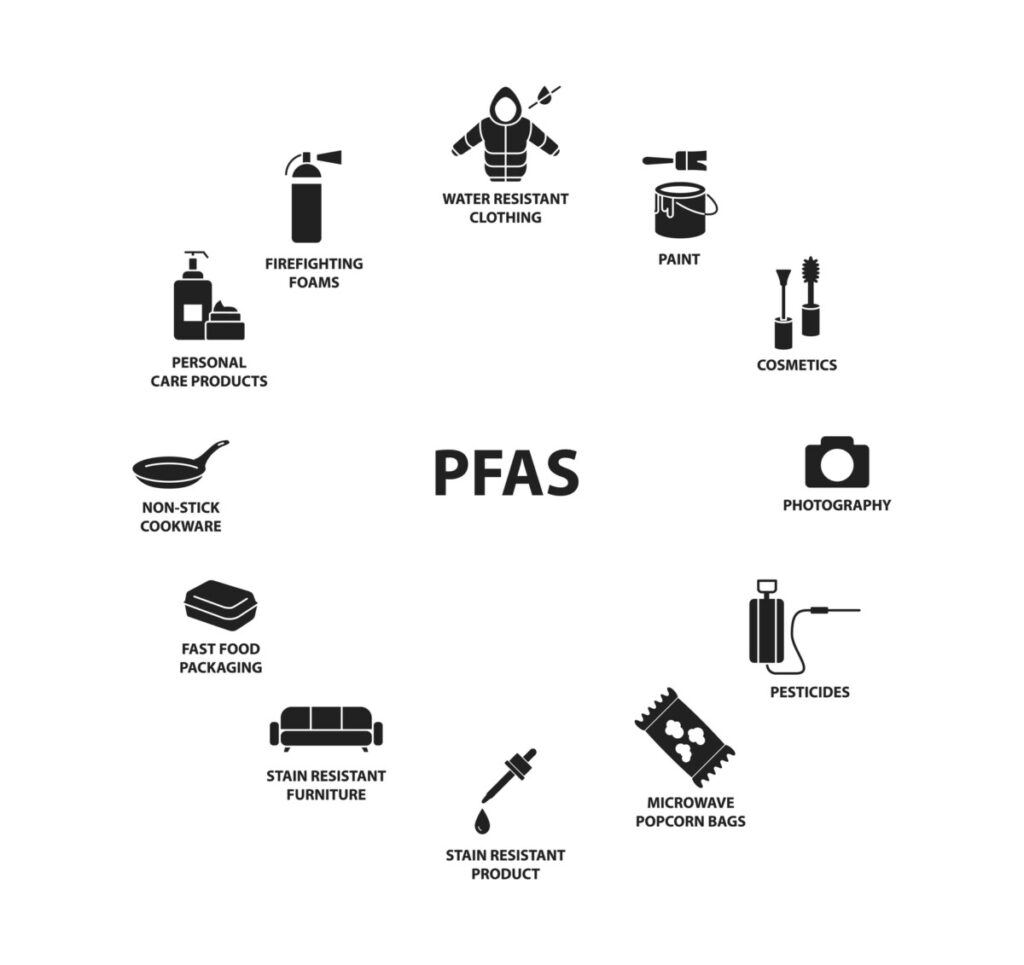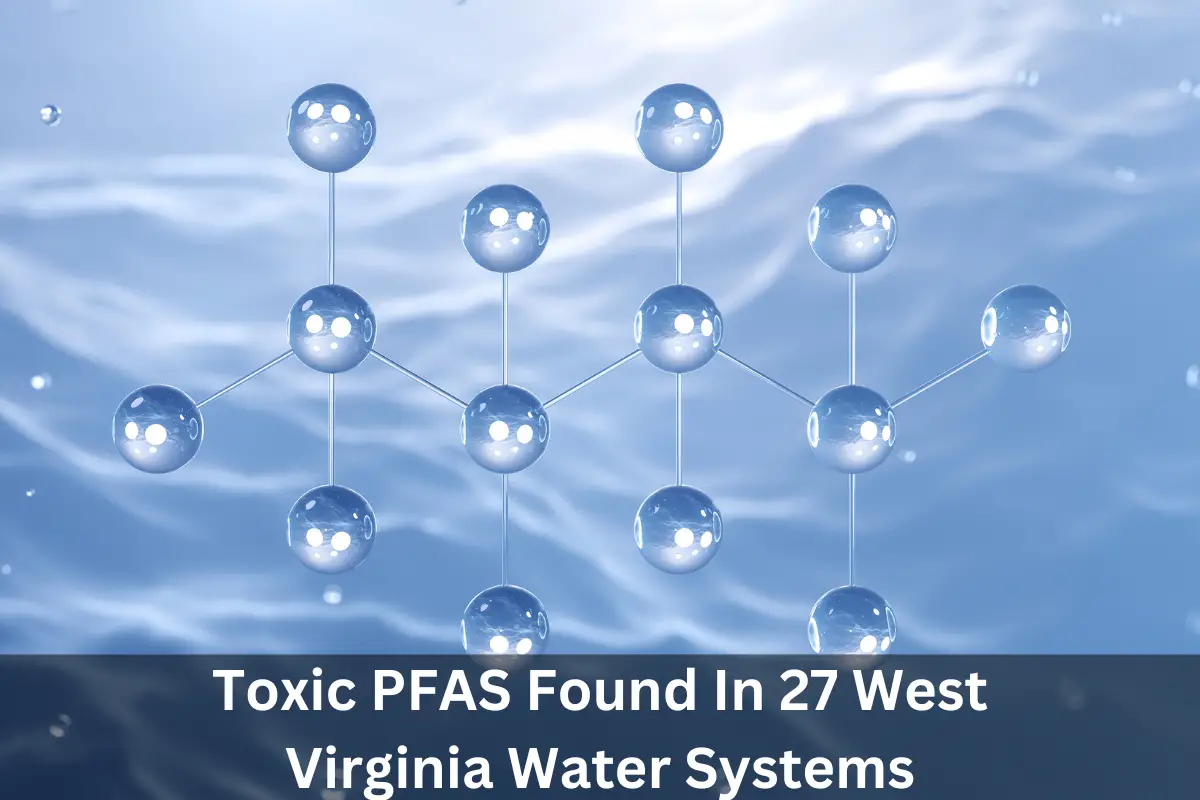West Virginia’s Department of Health and Human Resources (DHHR) and Department of Environmental Protection (DEP) have identified 27 public water systems with detectable levels of PFAS compounds, according to final sampling results released by the U.S. Geological Survey (USGS).
The announcement comes less than two weeks after the EPA ordered chemical giant Chemours to stop dumping toxic PFAS waste into the Ohio River.
The state is now taking action against perfluoroalkyl and polyfluoroalkyl substances (PFAS) in public drinking water.
- PFAS are toxic chemicals used to make non-stick cookware, waxes, paints, cleaning products, and fire-fighting foams.

- Exposure to PFAS at certain levels can cause serious health effects, including liver damage, heart disease, reproduction issues, developmental delays and cancer.
Of the 27 public water systems, 19 had PFAS above at least one of the U.S. Environmental Protection Agency’s (EPA) regulatory standards, and were mostly located in Berkeley, Jefferson, Marshall and Wood county’s – see the full list below:
- Department of Veteran Affairs, Berkeley county
- Rocky Knoll, Berkeley county
- Weirton area, Brooke county
- Chester, Hancock county
- Blue Ridge Elementary, Jefferson county
- Harpers Ferry Campsites, Jefferson county
- Shenandoah mini homes, Jefferson county
- South Jefferson Elementary, Jefferson county
- Walnut Groves, Jefferson county
- Fairview, Marion county
- Benwood, Marshall county
- Glendale, Marshall county
- New Haven, Mason county
- Saint Marys, Pleasants county
- Hughs river water, Ritchie county
- Lubeck PSD, Wood county
- Parkersburg, Wood county
- Union Williams PSD, Wood county
- Williamstown, Wood county
West Virginia is one of many states where PFAS contamination has been found in drinking water.
However, the state has taken a proactive approach by pursuing water testing ahead of the EPA’s proposed regulation.
This news comes as a relief to many concerned about the health risks associated with PFAS exposure, thankful that the state is doing something about the problem.
West Virginia will receive $18.9 million in federal funding over two years to address emerging contaminants like PFAS in drinking water.
PFAS are classified as possible carcinogens and removing them from the drinking water supply is a clear priority.
The state will continue to work with local water systems to ensure that safe, clean drinking water is accessible to all communities across West Virginia.
In the meantime, the state is encouraging everyone to visit the EPA website for information on how to reduce our exposure to PFAS.
Water Purification Guide has detailed information on how you can remove PFAS from your drinking water in your home or office available here.

